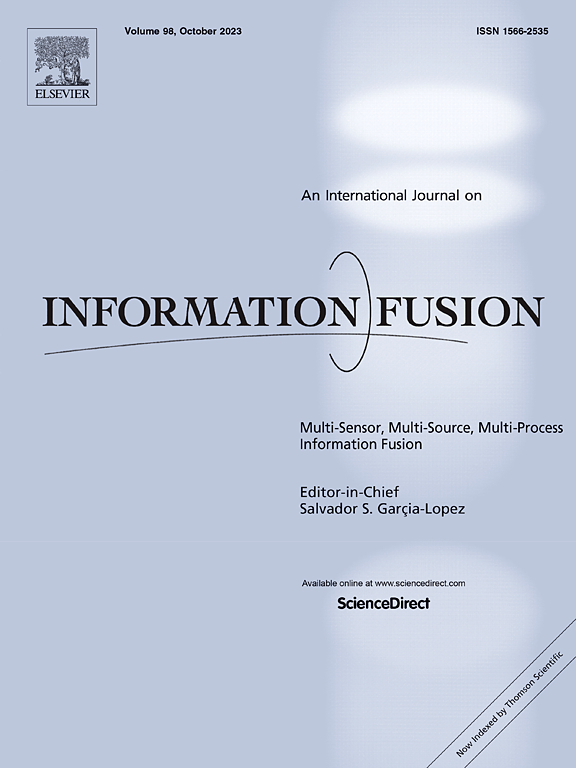Enhancing trust in automated 3D point cloud data interpretation through explainable counterfactuals
IF 14.7
1区 计算机科学
Q1 COMPUTER SCIENCE, ARTIFICIAL INTELLIGENCE
引用次数: 0
Abstract
This paper introduces a novel framework for augmenting explainability in the interpretation of point cloud data by fusing expert knowledge with counterfactual reasoning. Given the complexity and voluminous nature of point cloud datasets, derived predominantly from LiDAR and 3D scanning technologies, achieving interpretability remains a significant challenge, particularly in smart cities, smart agriculture, and smart forestry. This research posits that integrating expert knowledge with counterfactual explanations – speculative scenarios illustrating how altering input data points could lead to different outcomes – can significantly reduce the opacity of deep learning models processing point cloud data. The proposed optimization-driven framework utilizes expert-informed ad-hoc perturbation techniques to generate meaningful counterfactual scenarios when employing state-of-the-art deep learning architectures. The optimization process minimizes a multi-criteria objective comprising counterfactual metrics such as similarity, validity, and sparsity, which are specifically tailored for point cloud datasets. These metrics provide a quantitative lens for evaluating the interpretability of the counterfactuals. Furthermore, the proposed framework allows for the definition of explicit interpretable counterfactual perturbations at its core, thereby involving the audience of the model in the counterfactual generation pipeline and ultimately, improving their overall trust in the process. Results demonstrate a notable improvement in both the interpretability of the model’s decisions and the actionable insights delivered to end-users. Additionally, the study explores the role of counterfactual reasoning, coupled with expert input, in enhancing trustworthiness and enabling human-in-the-loop decision-making processes. By bridging the gap between complex data interpretations and user comprehension, this research advances the field of explainable AI, contributing to the development of transparent, accountable, and human-centered artificial intelligence systems.

求助全文
约1分钟内获得全文
求助全文
来源期刊

Information Fusion
工程技术-计算机:理论方法
CiteScore
33.20
自引率
4.30%
发文量
161
审稿时长
7.9 months
期刊介绍:
Information Fusion serves as a central platform for showcasing advancements in multi-sensor, multi-source, multi-process information fusion, fostering collaboration among diverse disciplines driving its progress. It is the leading outlet for sharing research and development in this field, focusing on architectures, algorithms, and applications. Papers dealing with fundamental theoretical analyses as well as those demonstrating their application to real-world problems will be welcome.
 求助内容:
求助内容: 应助结果提醒方式:
应助结果提醒方式:


